1. Using Too Many Storage Bins
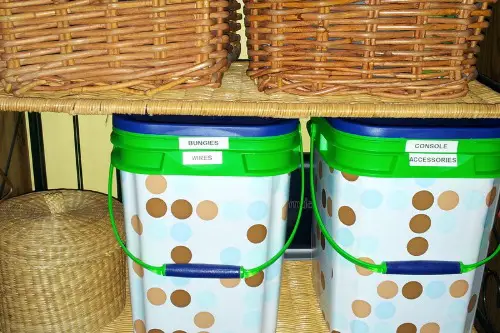
Storage bins can be helpful, but when they multiply unchecked, they start to take over. Stacking them in closets, under beds, or in corners can make your home feel like a storage unit. And if you’re constantly digging through them to find what you need, they’re not actually saving you time or space. They’re just hiding clutter in bulk.
Try editing down what you store and investing in furniture with built-in storage instead. Ottomans, benches, and beds with drawers can hold a lot without looking like they do. The best storage is the kind you don’t have to think about. Less stuff, better systems.
2. Hanging Shelves Too High
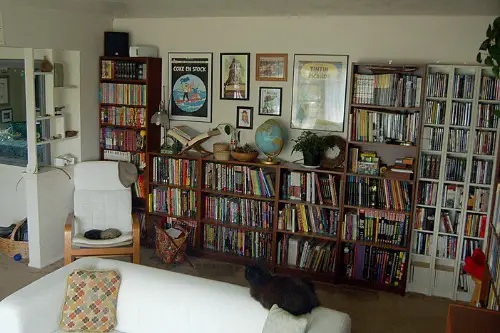
People often install shelves close to the ceiling to “free up floor space,” but if they’re too high to reach or see, they’re not doing much good. You end up with dead zones that are hard to use and even harder to style. It’s a common mistake that makes walls feel taller but less functional. And it wastes prime real estate.
Instead, hang shelves at eye level or just above furniture to create a layered, accessible look. Use them for things you actually reach for—not just decor. When shelves are placed thoughtfully, they add both beauty and utility. Height should serve function, not just aesthetics.
3. Folding Furniture That Never Gets Unfolded
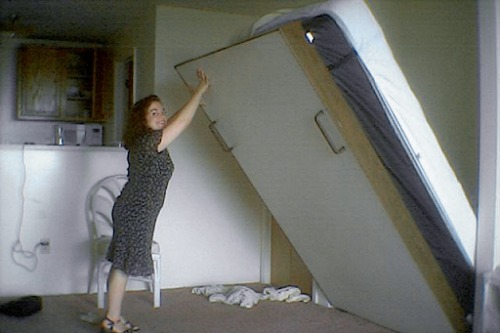
Murphy beds, drop-leaf tables, and folding desks sound great in theory—but if you never actually use them, they’re just taking up space in a different form. These pieces often require clearing other items or rearranging the room to function, which makes them inconvenient. If it’s too much work to use, it’s not really saving you anything. It’s just a clever idea collecting dust.
Instead, opt for dual-purpose furniture that doesn’t need to transform to be useful—like a daybed that works as a sofa or a dining table that doubles as a desk. The best space-savers are the ones you use every day. If it’s not practical, it’s not worth the square footage.
4. Using Only Small-Scale Furniture

People often assume that smaller furniture equals more space, but too many petite pieces can make a room feel cluttered and underwhelming. It creates a “dollhouse” effect where nothing feels grounded or substantial. Ironically, this can make the space feel more cramped, not less. Scale matters just as much as quantity.
Don’t be afraid to use a full-sized sofa or a larger dining table if the room can handle it. One well-proportioned piece can do the job of three smaller ones. It creates visual clarity and makes the space feel more intentional. Bigger can actually be better—when it’s the right fit.
5. Pushing All the Furniture Against the Walls

It might seem like the best way to open up a room, but lining every piece of furniture along the perimeter often has the opposite effect. It can make the center of the room feel empty and awkward, while the edges feel cluttered. This layout also kills natural conversation flow and makes the space feel less inviting. It’s a classic “space-saving” move that actually wastes usable square footage.
Instead, try floating furniture to create cozy zones—like a seating area or reading nook. Even pulling a sofa just a few inches off the wall can make a room feel more balanced. Use rugs to define areas and guide movement. A well-planned layout always beats a wide-open one.
6. Skipping Nightstands or Side Tables
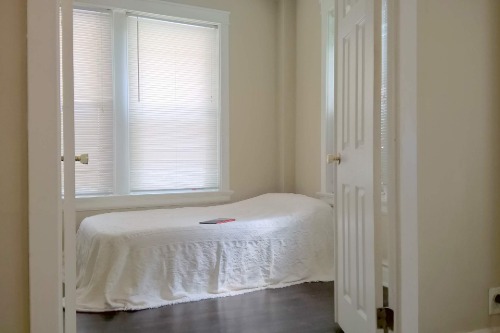
In an effort to keep things minimal, some people ditch nightstands or side tables altogether. But this often leads to cluttered floors, overstuffed drawers, or random piles of stuff with nowhere to go. You end up wasting time and space trying to compensate for what’s missing. Functionality is not the place to cut corners.
Even a narrow table or wall-mounted shelf can make a big difference. It gives you a place for essentials—like a lamp, book, or glass of water—without taking up much room. Smart storage is always a better use of space than none at all. Don’t sacrifice convenience for the illusion of openness.
7. Relying on Over-the-Door Organizers

They seem like a clever fix, but over-the-door organizers often create more problems than they solve. They can damage doors, prevent them from closing properly, and add visual clutter to already tight spaces. Plus, they’re usually shallow and awkward to access. What feels like a space-saver can actually be a space-waster.
Instead, look for vertical storage solutions like tall cabinets, wall-mounted racks, or behind-the-door shelves that are built into the wall. These options are more stable, more attractive, and often hold more. The goal is to add storage without compromising function. If it’s in the way, it’s not saving space.
8. Avoiding Rugs in Small Rooms
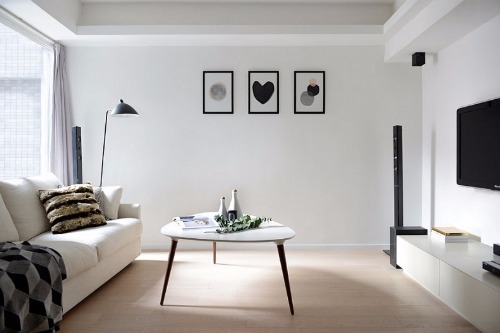
There’s a myth that rugs make small rooms feel smaller, so people skip them altogether. But bare floors can actually make a space feel unfinished and disconnected. Rugs help define zones, anchor furniture, and add warmth—especially in open layouts or multipurpose rooms. Without one, everything can feel like it’s floating.
Choose a rug that’s large enough to fit under at least the front legs of your furniture. It will make the room feel more cohesive and grounded. Even in tight spaces, a well-placed rug can make things feel bigger, not smaller. It’s not about the size of the room—it’s about how you frame it.
This post 8 Things You’re Still Doing to “Save Space” That Are Wasting It was first published on Greenhouse Black.
